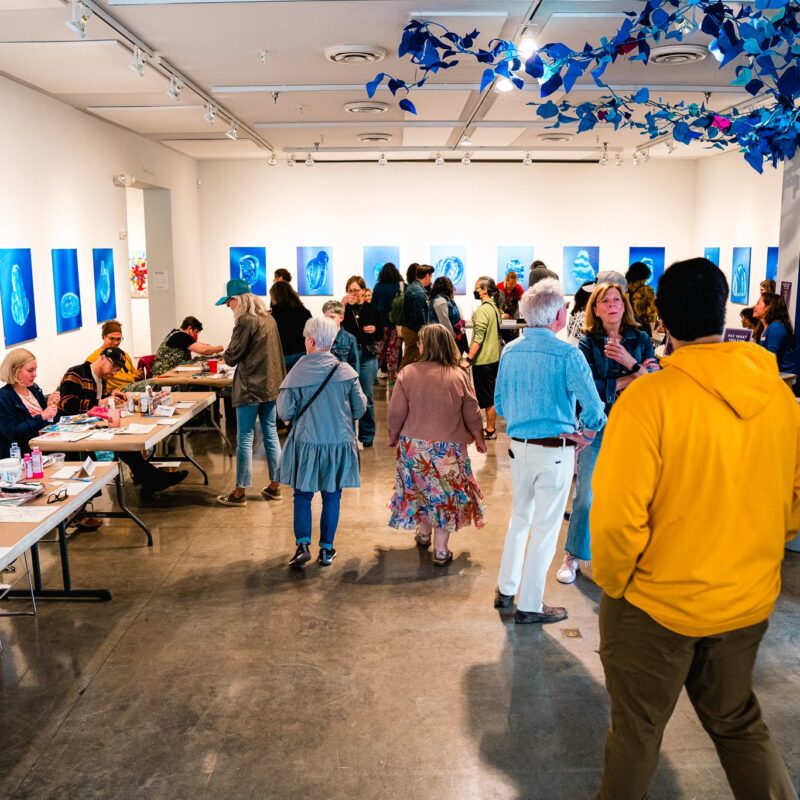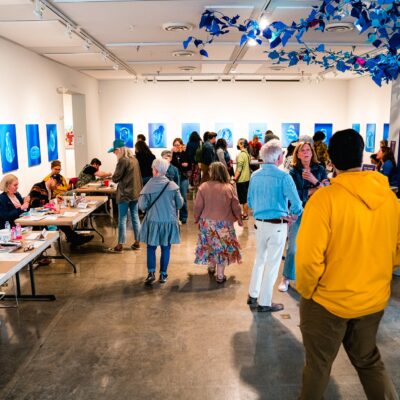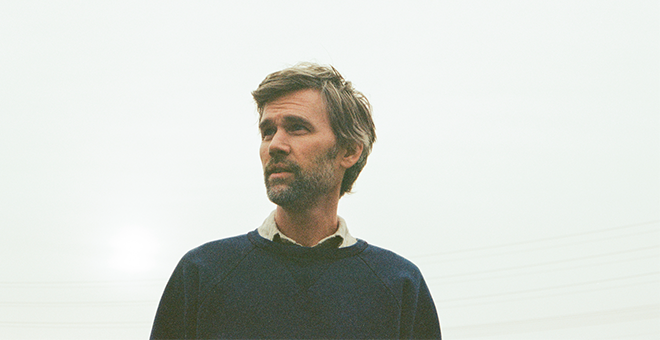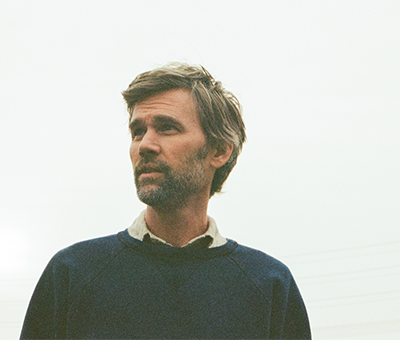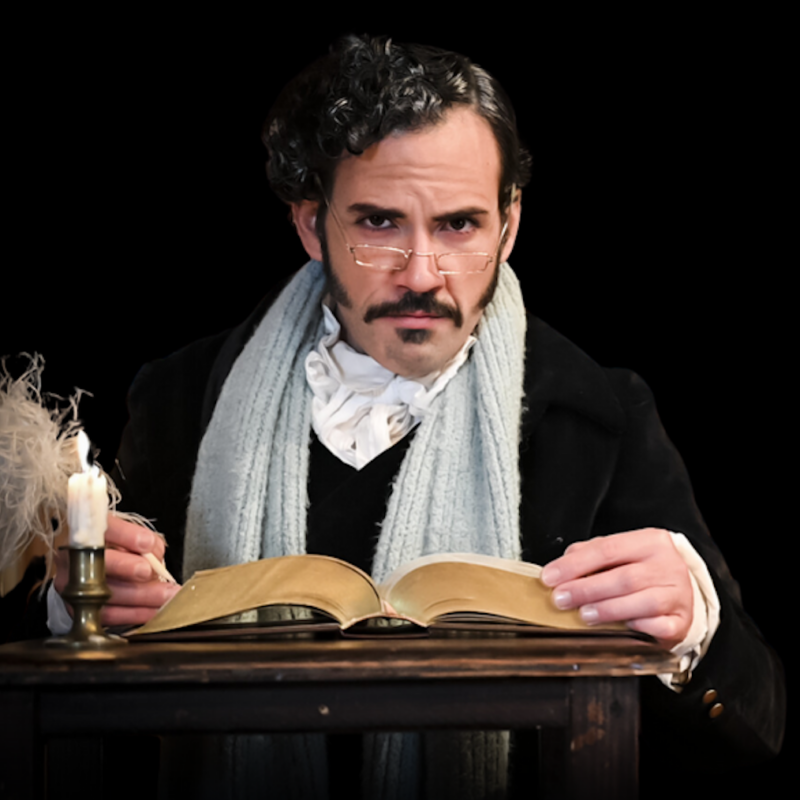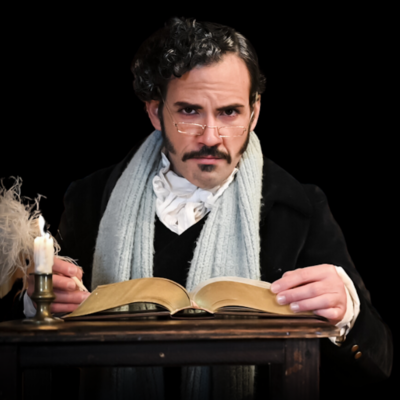
Sharel Cassity says she knows at least 500 jazz tunes.
Decades of experience performing across the globe brought her to that place. And it’s likely among the reasons she now leads jazz performance in the University of Virginia’s music department.
“I do think any reputable musician should know as many harmonies as possible,” says Cassity while discussing jazz education. “[They] should know about rhythm … and know at least 200 standards.”
Cassity succeeded trumpeter John D’earth—an outsize figure in Charlottesville music history, who retired from the post in January—and the two have played together since the saxophonist arrived in town several months back.
“I’d like to create an environment for students who maybe don’t want to go to a conservatory, maybe don’t want to major in jazz, but are great players and love to play,” Cassity says. “They’re here to get a degree in something else that can help them in life—engineering or medicine. And when they leave, they have a choice to either pursue music … or they can use music as a hobby.”
Cassity’s own training started during childhood, while growing up in Oklahoma with a musician father who had her playing gigs before she was a teenager. After graduating from The New School and Juilliard in New York City, the saxophonist began working in notable big bands, eventually joining The DIVA Jazz Orchestra.
Prior to arriving at UVA, she taught in Qatar and Chicago, and referred to education gigs as the new version of record deals for jazz players.
“It’s the way that musicians are able to pass on this music and to maintain a normal kind of lifestyle and career,” she says.
Cassity’s new position—as well as earlier appointments of percussionist JoVia Armstrong and flutist Nicole Mitchell to the Composition and Computer Technologies program—marks a change in personnel and perspectives on music at UVA.
“Not only do we all have the Chicago roots and connection, but our work together holistically represents a lot of different aspects of jazz and styles of jazz,” says Mitchell, describing a landscape that includes big band, bebop, and more experimental avenues of expression. “It really expands the offerings for students in a way that I think is unique to a lot of universities.”
Like Mitchell, Cassity has established herself as a respected composer and bandleader, touring regularly and engaging some of the genre’s best-known players on the road and in the studio.
Earlier this year, Sunnyside Records released Gratitude, an album where the saxophonist’s joined by bassist Christian McBride, drummer Lewis Nash, and pianist Cyrus Chestnut, among others. It’s a sturdy traditional jazz record, comprising original compositions that mark the bandleader’s continued growth. But it’s also a thank-you note.
“The whole album sort of stems from me being grateful for so many people helping me along the way,” Cassity says. “Two main components of that were Cyrus and Lewis, because when I was [in the Dizzy Gillespie All-Star Big Band] in 2008, there were a lot of people that said, ‘She’s too young,’ and they had my back.”
Musically, the bandleader aimed at crafting an accessible album, but one that bridges the music’s past and present.
“Kenny’s Quest,” a tune Cassity says best defines her current work, is all blocky piano chords, peripatetic bass, and drumming that’s simultaneously splashy and deeply in the pocket. It smacks of modal innovations the genre wrestled with during the second half of the 20th century, while granting space for each performer’s unique musical persona.
Relationships like those Cassity describes around her current group are part of what’s sustained the genre for more than 100 years—a system of sharing knowledge and experience that eventually developed into established music education. Vibraphonist Warren Wolf teaches, but doesn’t see himself strictly as an educator. Cassity invited him to hold a master class for her students, and he will also be playing on November 7 at WTJU’s Offbeat Roadhouse.
Wolf says the pair kept in touch after meeting in the early 2000s while playing gigs in New York. And when Cassity contacted him about coming to town, he was able to slot it into his touring schedule.
While the vibraphonist sees himself as a performer first, he realizes the importance of the academy in cultivating a new generation of players. His most recent recording, History Of The Vibraphone, is an extension of that: an exploration of tunes by some of the genre’s best-known practitioners of the instrument.
“The players that I chose were just some of my personal favorites,” Wolf says about sifting through compositions by folks like Roy Ayers and Bobby Hutcherson. “I wanted to have at least one tune that I felt would best represent the style of how that performer played.”
All that history’s wrapped in an accessible package to showcase Wolf’s admiration for earlier innovators, but broken up into bite-sized pieces—a sly bit of teaching presented as art and entertainment.
Reflecting on her career both on stage and in the classroom, Cassity’s animated by a similar perspective.
“I was grateful for all of those who taught me and I want to kind of pass that on,” she says.
